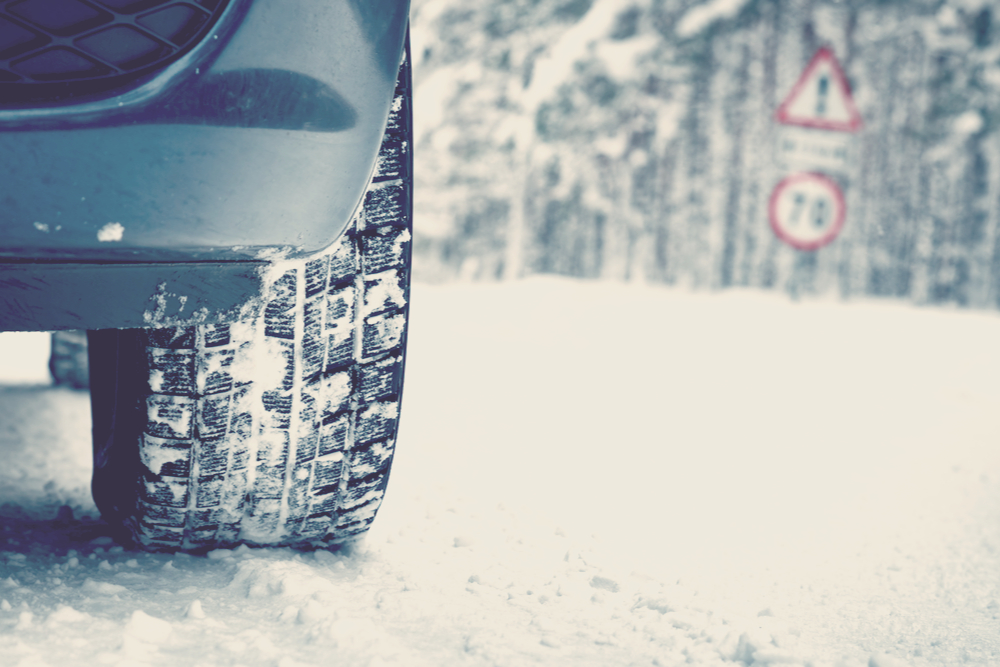If you’re learning to drive or you’ve just passed your driving test, you may be apprehensive about driving in the winter. This is a completely normal feeling to have. Many experienced drivers still feel nervous as the wintery weather approaches. Nobody likes driving in the snow and ice, it can be a nerve-wracking experience.
But with the right precautions and knowledge, you’ll feel more at ease when driving this winter. Driving school Beverly Slater, have helped create this guide full of tips on how to navigate driving safely in winter weather.
Make sure to keep your distance
In the winter, you have to be extra careful on how close you are driving to other vehicles. This is because in snow and ice, your car won’t be able to stop as quickly as it usually does, creating a potential incident. Your stopping distance on snow and ice is usually around 2 seconds longer, so it’s vital you watch your distance carefully and leave enough room.
Plan your journey
Another thing to consider when driving this winter is to plan your journey ahead of time. By planning ahead, you have the time to carefully map out your journey and ensure it all goes smoothly. You can also see if there are any routes to avoid due to bad weather or traffic.
It’s important to stay aware of traffic updates and weather conditions if you’re planning to drive in snow and ice. It can put your mind at ease too knowing what to expect before you head out.
Use your heating
If this is your first time driving in the winter, then you won’t have experienced defrosting your car in the early winter mornings. To do this you should use your heating to help defrost your car and use a tool to help remove any ice from your windshield.
You’ll also be needing to use your heating during your journeys too to stay warm. Before you start driving you should adjust the heat settings to your liking so you don’t have to worry about that later on in your journey.
Click here – A Complete Guide To Truck Accident Claims
Check your lights
As the nights get longer, you’ll need to be using your lights much earlier in the day. Before you set off, you should ensure all your lights are working properly. You wouldn’t want to be driving in the dark with faulty lights! It’s important that your lights work and you know exactly how to use them.
Take a pass plus course
If you’re feeling very nervous about the possibility of driving through bad weather such as snow and ice, a pass plus course might be for you. A pass plus course is like a driving lesson that teaches you how to navigate driving in bad weather. A qualified driving instructor will help boost your confidence and teach you how to drive safely during challenging weather.
Whether you’ve just started driving or have been driving for a while now, anyone can take a pass plus course.
Click here – Ways Inclusion of Tech Helps Optimize Office Workflow






